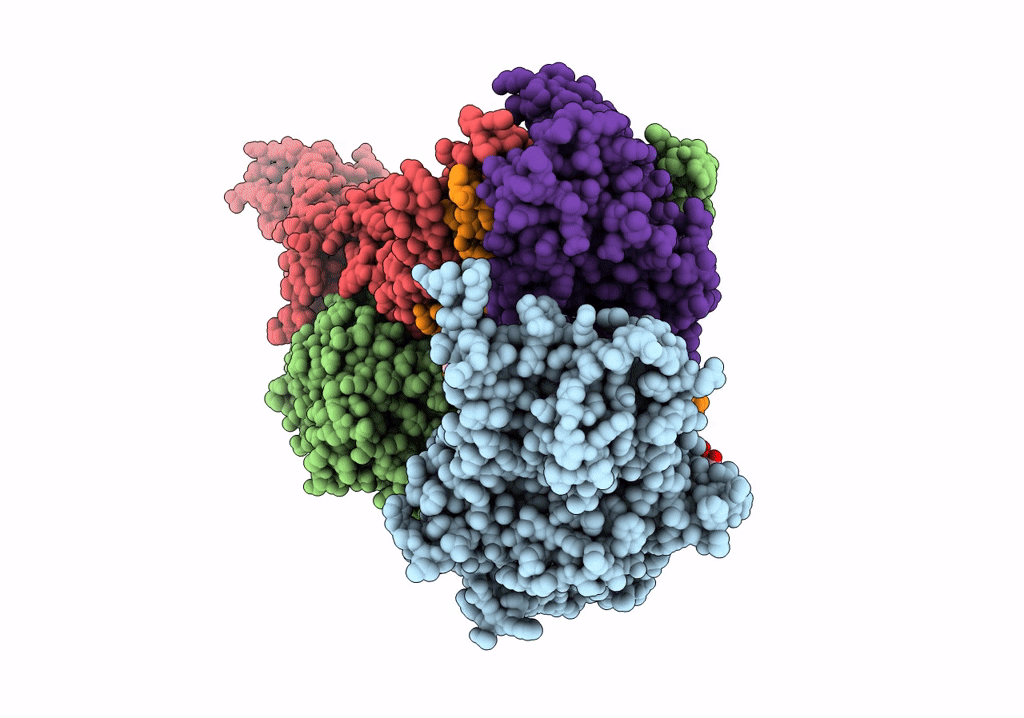
Deposition Date
2021-12-02
Release Date
2022-02-16
Last Version Date
2025-06-25
Entry Detail
PDB ID:
7W72
Keywords:
Title:
Structure of a human glycosylphosphatidylinositol (GPI) transamidase
Biological Source:
Source Organism:
Homo sapiens (Taxon ID: 9606)
Host Organism:
Method Details:
Experimental Method:
Resolution:
3.10 Å
Aggregation State:
PARTICLE
Reconstruction Method:
SINGLE PARTICLE


